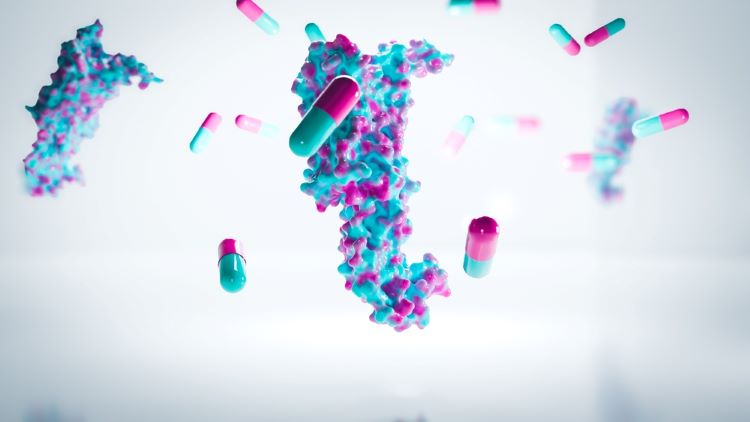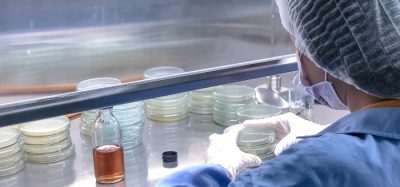Photochemistry development aids peptide-based therapy progress
Posted: 19 February 2025 | Catherine Eckford (European Pharmaceutical Review) | No comments yet
The research highlights potential for the technology to advance development of pharmaceutically relevant peptide amides as therapies.


Scientists at Novo Nordisk have demonstrated an end-to-end process that chemically converts peptides and proteins to their corresponding C-terminal α-amides.
Notably, strong performance of the reaction cascade in flow suggests that the chemistry described could enable amidated drug leads to enter development that would not be viable on commercial scale using existing technology, Hymel et al. highlighted.
Their protocol was successful in a small scale (250 μM) batch for the synthesis of the GLP-1R agonist, GLP-1(7-36).
A scaled-up process demonstrated efficiency following used of a modular flow chemistry system together with a photochemical reactor. the method enabled “multi-gram production of a PYY analog and a GLP1R-amylinR co-agonist precursor peptide”.
Main findings of the C-terminal amide research
Key results included:
• Enzymatic digestion of the N-terminus and conversion of the enamide, using phosphoric acid, to the intended amidated peptide was accomplished in 20 percent overall yield after a single final purification
• The individual chemical steps of the process proceeded in a rapid and clean manner, resulting in an overall yield of 78 percent of the target peptide.
Furthermore, the end-to-end process enabled peptides and proteins to be converted to their corresponding C-terminal amides in under one day, a significant improvement to current capabilities, according to the authors.
Advancing peptide amides for future pharmaceutical therapies
[The researchers demonstrated] that the transformation is robust on the benchtop and in a photoflow reactor, allowing for gram-scale preparation of C-terminal α-amides”
In their paper, Hymel et al. concluded: “Our chemical conversion cascade is efficient, has a broad substrate scope, and can be used on synthetic or recombinantly prepared peptides.
“We have demonstrated that the transformation is robust on the benchtop and in a photoflow reactor, allowing for gram-scale preparation of C-terminal α-amides”.
As for future applications, the technology has potential in large-scale manufacturing, Hymel et al. added.
The paper was published in Nature Communications.
Related topics
Data Analysis, Drug Development, Industry Insight, Research & Development (R&D), Technology, Therapeutics









